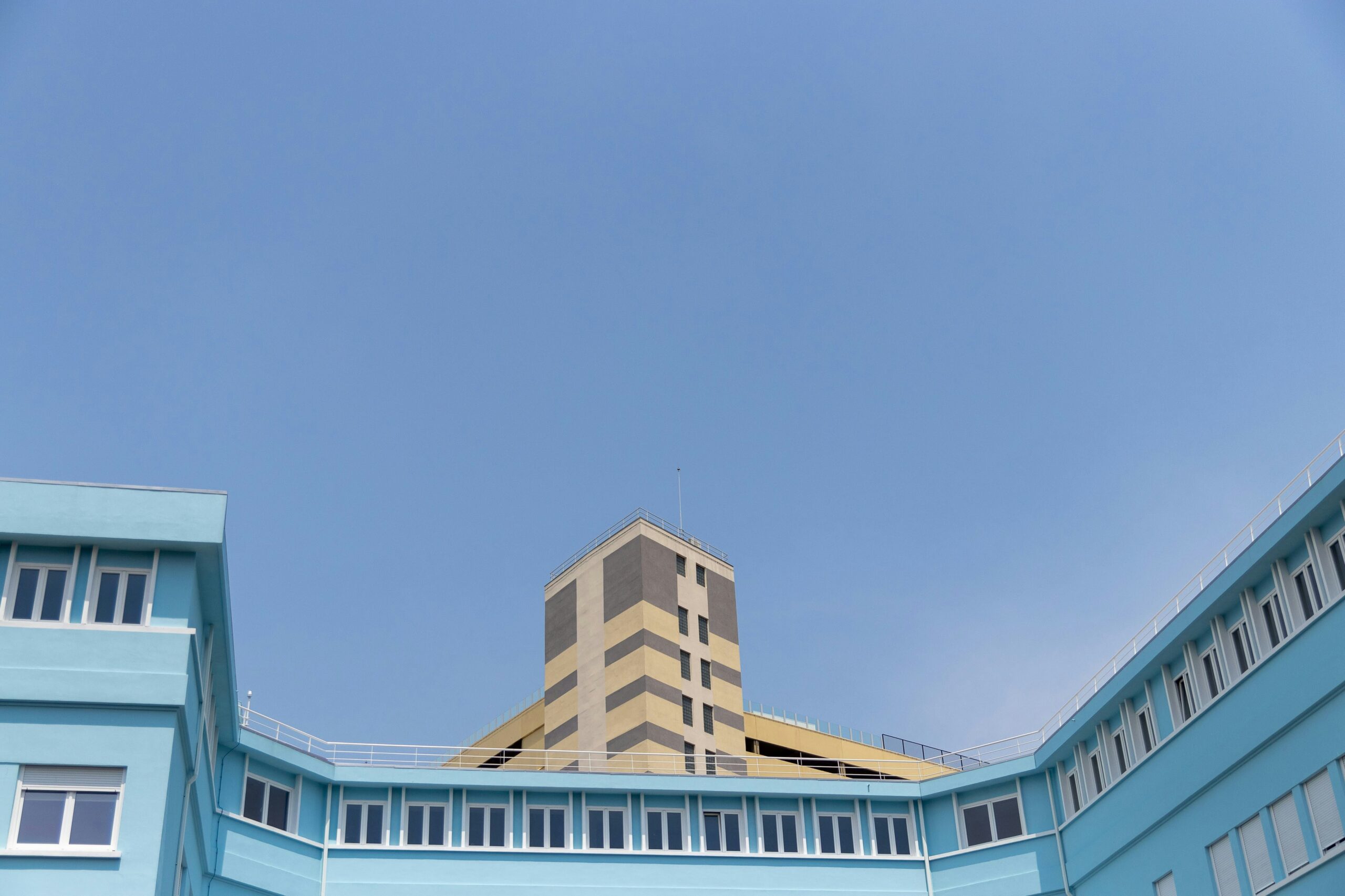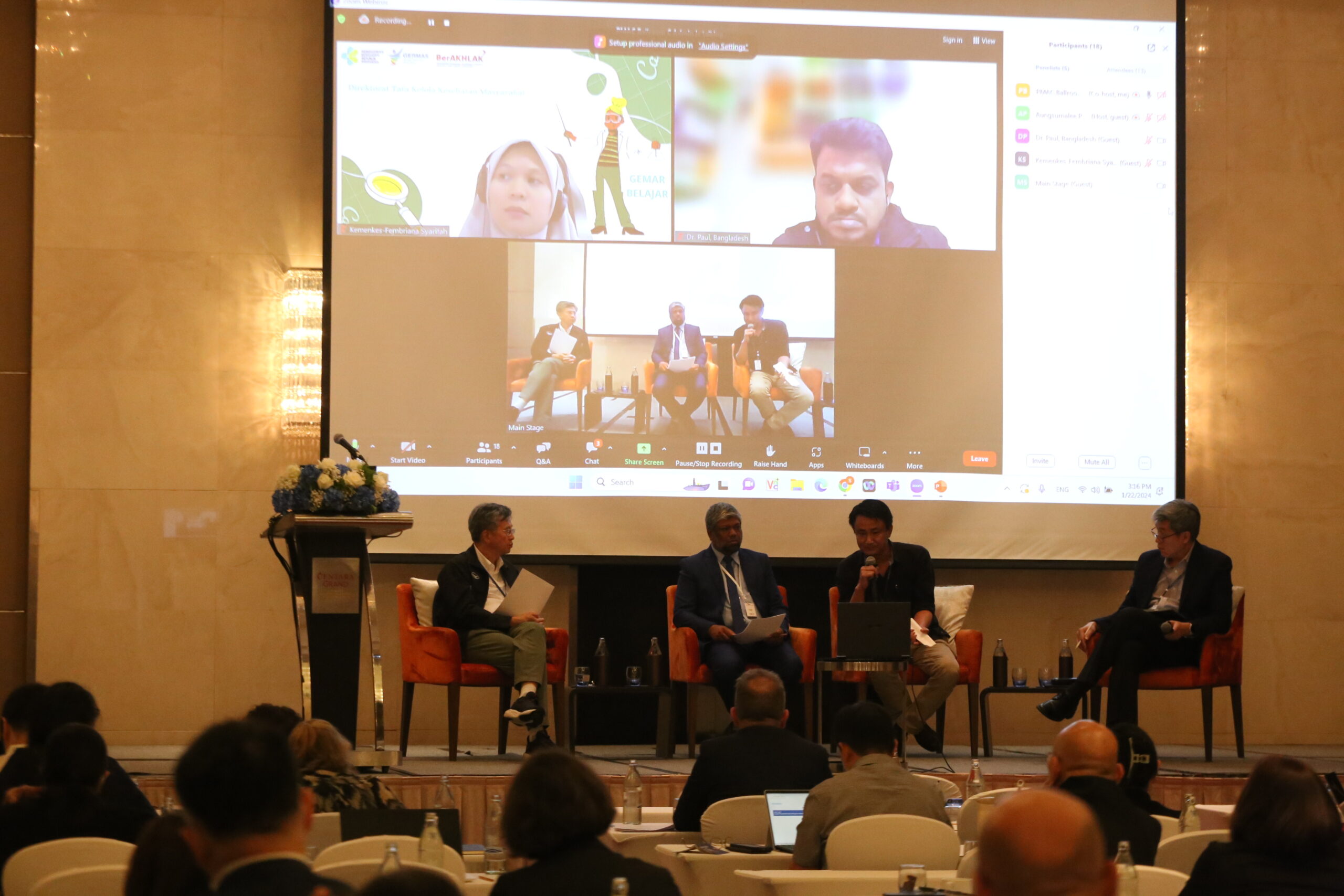Sri Lanka is an island nation in South Asia with 21.7 million people. The country is in the late stages of both demographic and epidemiological transitions, and hence has a rapidly growing aging population and a predominance of noncommunicable diseases. Sri Lanka’s strong health system has achieved better health outcomes than countries with a similar economic profile. The supportive sociopolitical quality of the country, equity, efficiency and widespread free government health services all contribute to the positive outcomes.
Sri Lanka’s health system is built on primary healthcare (PHC), a sound basis for universal health coverage (UHC). The government funded system provides a comprehensive range of services, including medicines and investigations, covering about 95% of in-patient care and 50% of ambulatory care in the country.
Gaps remain, however. A lack of clear referral policies and clearly demarcated catchment areas for institutions disrupts continuity of care. The government has initiated reforms to address this, but their implementation faces multiple challenges.[1]
Reforms to strengthen the health system for UHC
Current health expenditure (CHE) as a share of GDP is estimated at 4% in 2020. Government revenue and out-of-pocket (OOP) spending are the two main sources of health financing. Domestic general government health expenditure as a share of CHE is estimated to be 46% and OOP spending as a share of CHE is 47% in 2020.[2] Despite high OOP expenditure, catastrophic health spending is low at 5.4% of the population spending 10% or more of total household consumption or income in 2016.[3] Most of the OOP spending is incurred by the more affluent population. The government remains the key provider of free inpatient care.
Currently, Sri Lanka is facing an economic crisis that jeopardizes national health care.[4] Post-pandemic fuel, energy and food shortages, brought on by economic and geopolitical forces, severely impacted all sectors of the economy. The economic crisis affects the supply of medicines, medical equipment, emergency care and transport. In response to these challenges, the government continues its emphasis on PHC while retaining the strengths of the system. Focus has increased on improving the social determinants of health and ensuring equity in social, environmental, and economic policies.
References
[1] Rajapaksa, Lalini, et al. Sri Lanka Health System Review. 2021.
[2] World Health Organization, Global Health Expenditure Database. Accessed 18 Oct. 2023.
[3] World Health Organization, and World Bank. Tracking Universal Health Coverage: 2021 Global Monitoring Report. World Health Organization and World Bank, 2021.
[4] The Lancet Regional Health – Southeast Asia, vol. 4, Sept. 2022. www.thelancet.com.



